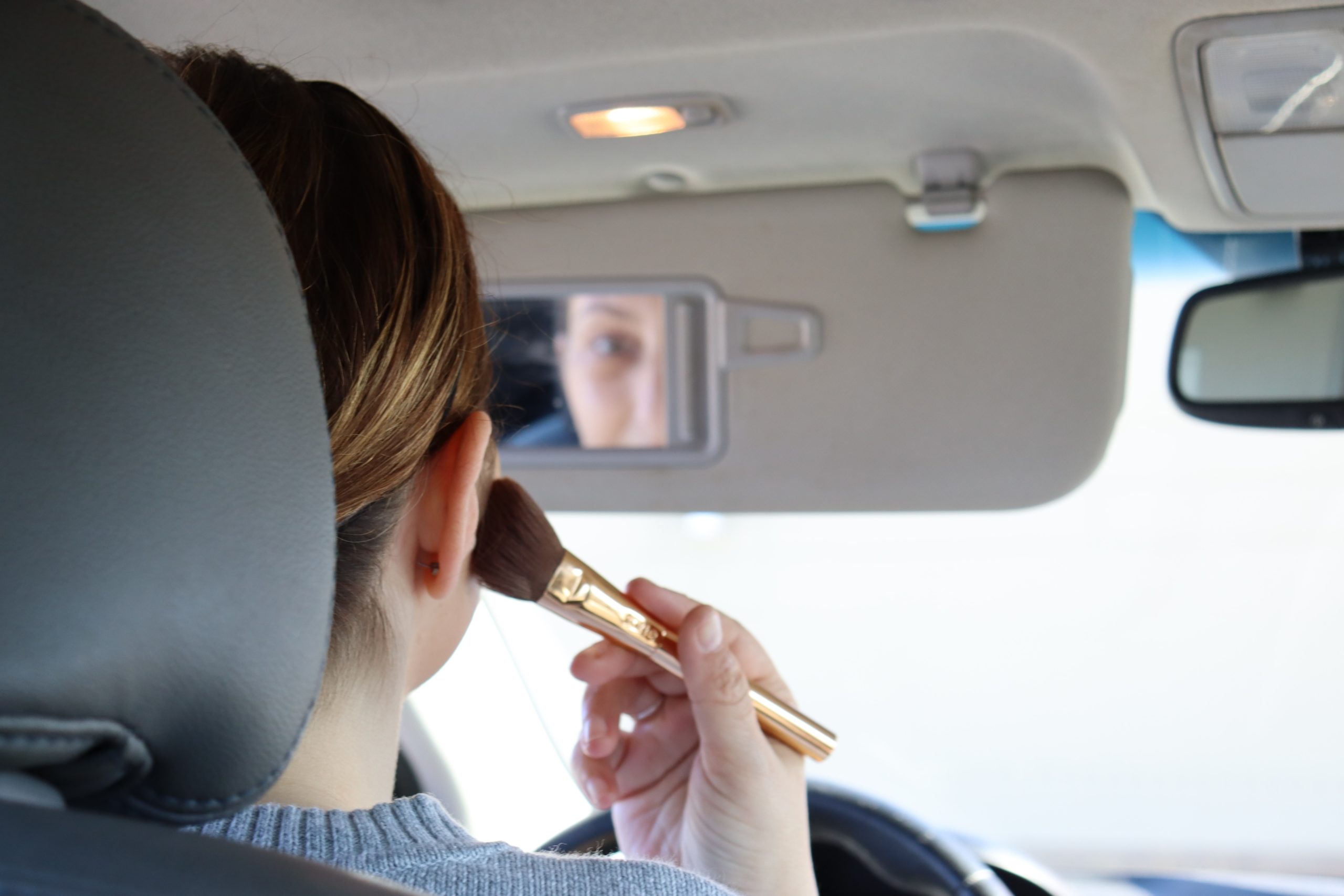Concealer is a magical makeup product that can hide any blemish or skin imperfection in an instant. With the right techniques and application, you can achieve a flawless complexion that will make you look and feel your best.
In this article, we’ll show you how to conceal blemishes like a pro.
We’ll start with the basics and work our way up to more advanced techniques, so whether you’re a beginner or a seasoned pro, there’s something for everyone.
What Products You Should Use to Conceal Blemishes
Before you start concealing, it’s important to identify the type of blemish you’re trying to cover. This will help determine the product you use, and how to apply it.
There are three types of blemishes: redness, darkness, and bumps. For each, there’s a specific concealer that will work best:
- For redness: Choose a green-tinted concealer. Apply it over the red area and blend well.
- For darkness: Choose a yellow- or peach-tinted concealer. Apply it over the dark area and blend well.
- For bumps: Choose a concealer that matches your skin tone. Dab it on the bump and blend well.
How to Properly Apply the Concealer
Before you begin applying your concealer, you need to find the right shade for your skin. It should be one or two shades lighter than your foundation.
Dab a small amount of concealer onto the blemish and use your ring finger to blend it in. Be careful not to use too much pressure, as this will only end up spreading the concealer and making it look cakey.
If needed, you can then set the concealer with a touch of powder.
Tips for Concealing Dark Circles and Other Discolorations
If you’re looking to conceal dark circles, blemishes, or any other areas of discoloration, you first need to find the right concealer for your skin tone.
Then, apply it in a thin layer over the area you want to conceal. Be sure to blend it in well so that there are no obvious lines. If you need to, set it with powder to make sure it stays put all day long.
Here are a few more tips for concealing blemishes:
- Try using a green concealer to neutralize redness
- Use a light touch when applying concealer; too much can cake and highlight the area you’re trying to cover up
The Importance of Setting Your Concealer
At this point, you want to make sure your concealer is well set and won’t smudge or crease. Once you’ve applied the concealer, gently tap it with your finger or an eyeshadow brush. This will help minimize any lines around your blemish and also help set the makeup.
In general, I like to use a translucent setting powder as it won’t add additional coverage or color. But if you need more coverage, then a light-colored matte powder can do the trick. Applying a light dusting of powder over the blemish will mattify the area and keep your makeup in place all day long.
If you’re looking for an extra boost of coverage, then I recommend using a setting spray instead of more powder. Simply spray it on your face once you’re done applying your makeup – this will help seal everything in place and add a bit of dewy glow to the area.
What Colors Should You Use to Conceal Your Blemishes?
Now that you’re equipped with the right product, let’s talk about which colors you should use. First and foremost, it’s important to match the color of your concealer to your skin tone. Trust me, this is not a step you want to skip! The last thing you want is a bright orange circle under your eye.
A good rule of thumb when choosing colors:
- For pink spots, red pimples, or blemishes, use a shade slightly lighter than your skin tone for highlighting.
- For dark circles, choose an orange-tone or yellow-based concealer.
- For hyperpigmentation (dark spots or uneven patches), reach for a shade that is close to your natural skin tone.
- For dark marks and scars, use a slightly darker concealer than your actual skin tone to create depth and camouflage the imperfection.
It may take some trial and error before finding the perfect match that works best with your complexion, but take this advice as a starting point so you can move in the right direction. Plus, there are so many amazing shades out there now that finding one in the perfect hue should be much easier these days!
Common Mistakes When Concealing Blemishes
When it comes to concealing blemishes, a lot of us make the mistake of using too much product—or too little. It’s really important to keep it moderate: too much product will cause your makeup to look cakey, while not enough will give you an uneven look.
Another mistake we make is using the wrong shade of concealer. It’s important to choose the right color that matches the rest of your makeup and complements your skin tone. Even if you nail all the other steps, using the wrong color can still give away any effort you put in before.
Lastly, another common mistake is over-concealing with powder or foundation to set your concealer. If you apply too much powder on top of a spot, it’ll cake up on top and make everything more visible instead of making it disappear. And so my advice here is to opt for a light-setting spray instead, as this will provide a natural and smooth finish without drawing attention to your blemishes.
Conclusion
So, if you’re looking for a blemish cover-up that will actually stay put, follow these simple steps for the best results. And remember, the most important thing is to find the concealer that matches your skin tone as closely as possible, so your blemishes will be hidden from view.



